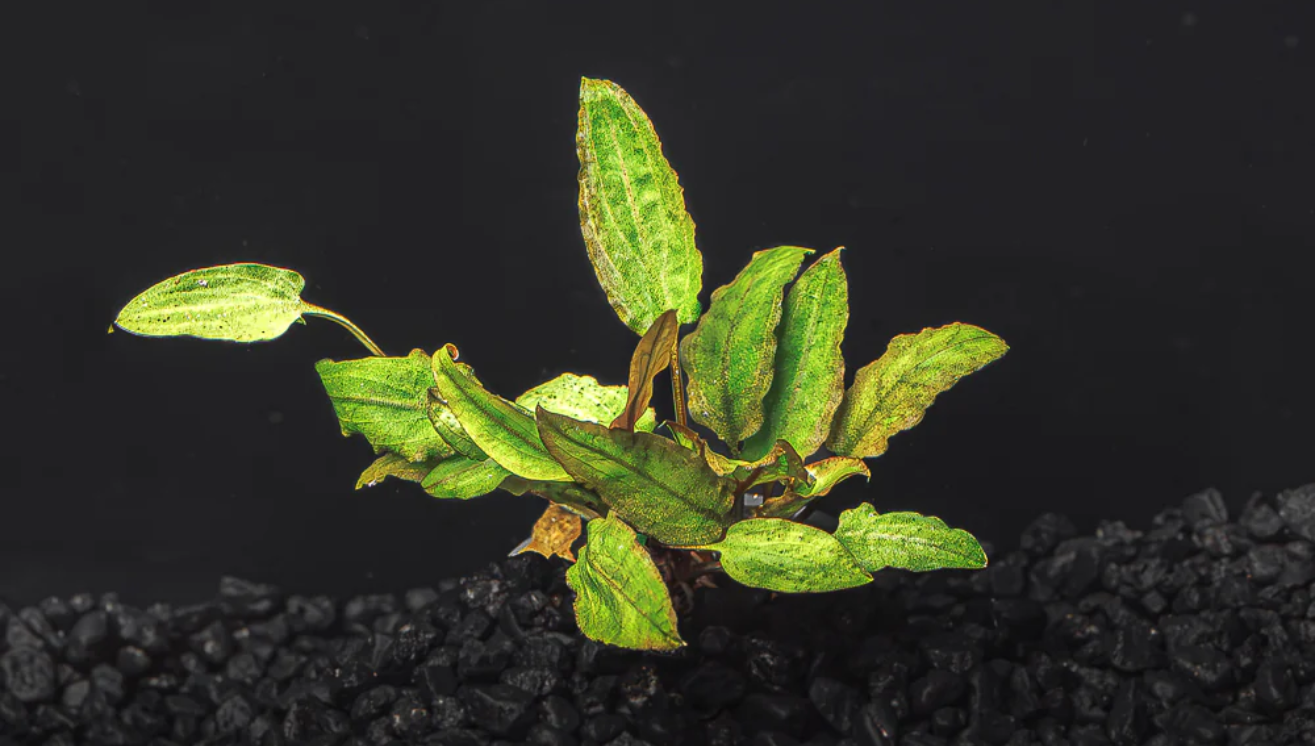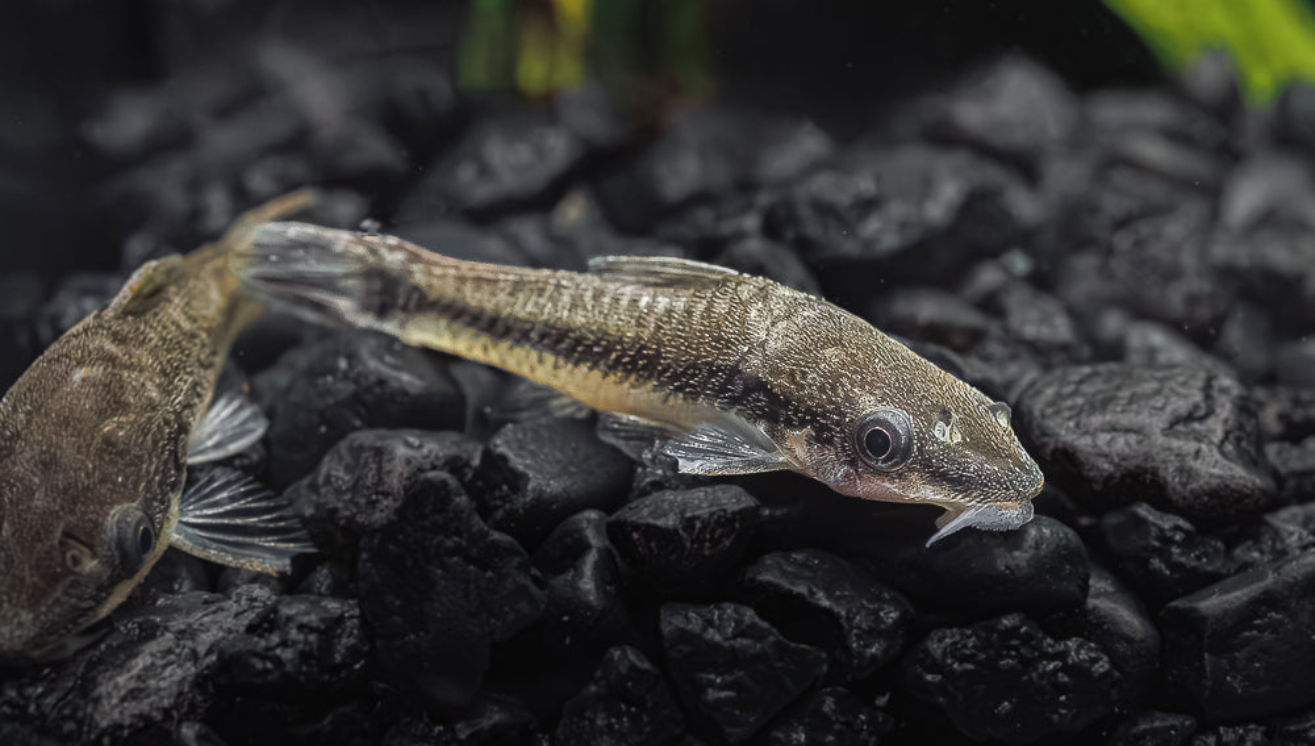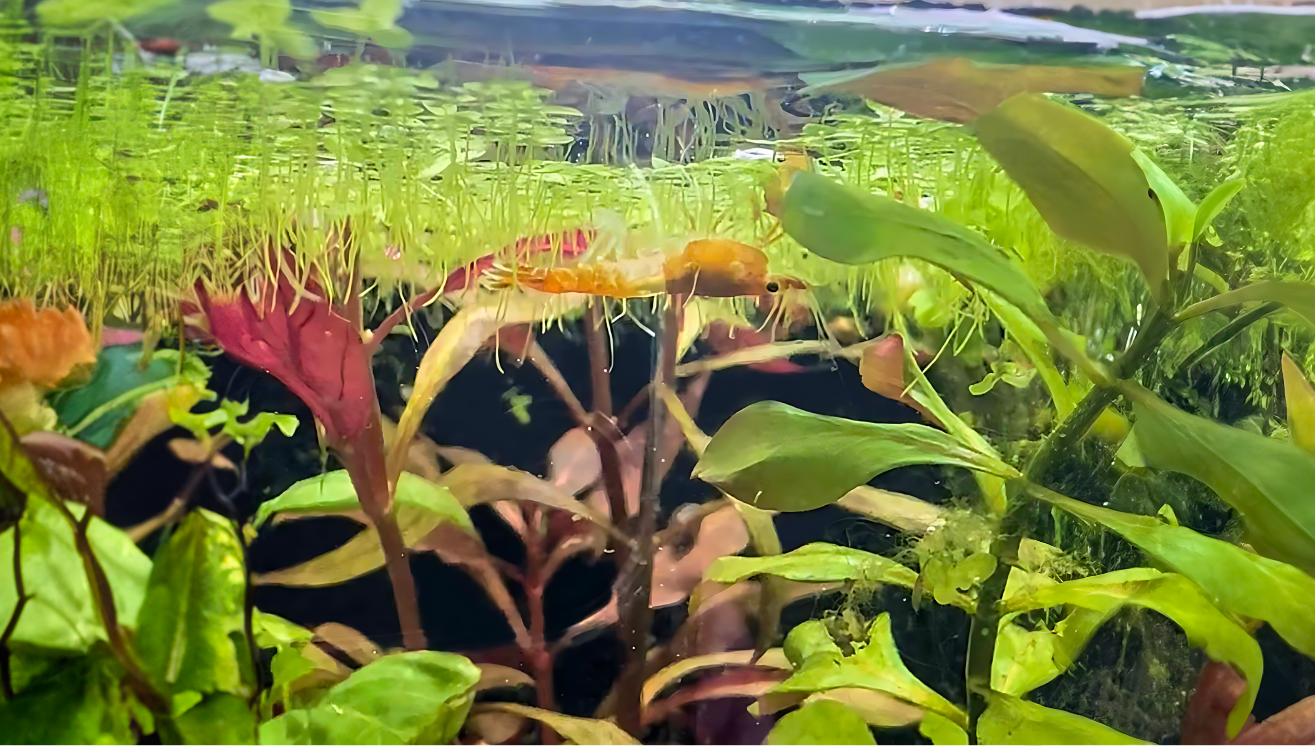Your Cart is Empty
🚚 Flat-Rate FedEx Priority Overnight — Just $26.99 (Limited-Time Special!) | FREE over $200
🚚 Flat-Rate FedEx Priority Overnight — Just $26.99 (Limited-Time Special!) | FREE over $200
🚚 Flat-Rate FedEx Priority Overnight — Just $26.99 (Limited-Time Special!) | FREE over $200
by Emily Dourm August 02, 2024 3 min read

Keeping aquarium plants healthy and vibrant can be a rewarding yet challenging aspect of aquascaping. Many factors contribute to the success or struggle of your underwater garden. From subtle changes in water conditions to the specific needs of different plant species, various issues can cause plants to shed leaves or appear to melt. Understanding the underlying causes and how to address them is essential for any aquarist looking to create a thriving, lush aquarium. In this guide, we’ll explore some common reasons for plant melting and offer practical solutions to keep aquatic plants flourishing.
When plants are moved from one environment to another, such as from the emersed (grown out of water) state to the submersed state in an aquarium, they can experience transition shock. Cryptocoryne plants are particularly known for “Crypt melt,” where they lose leaves during this adjustment period. The best thing you can do in this situation is give the plant time and stable conditions. If you want to take it a step further, you could prune the melting leaves so the plant can focus on new growth. Either way, patience and consistency are most important.

Often the cause of leaf loss or melting is insufficient nutrients—particularly macronutrients like nitrogen, phosphorus, and potassium, or micronutrients like iron. When this happens, we recommend adding a plant fertilizer to your aquarium to ensure they have the proper nutrients they need.
Shrimple’s all-in-one fertilizer is specifically formulated for freshwater aquariums and is the perfect solution for planted setups. It delivers crucial nutrients such as nitrogen, phosphorus, potassium, and iron, all in a beginner-friendly formula with an easy dispenser for precise dosing.
We suggest dosing 1–2 times per week depending on the needs of your aquarium. 1 pump (2 ml) per 10 gallons adds 5 ppm NO₃, 0.5 ppm PO₄, 5 ppm K, and 0.3 ppm Fe.
If you notice algae outbreaks, cut dose frequency to once a week and wait for algae to disappear, then gradually work your way back up.

Amazon Swords are heavy root feeders and can suffer if the substrate lacks these essential nutrients. In aquariums containing invertebrates, we recommend using the Shrimply Fertilizer due to its copper-free composition and trace nitrates. Recognizing shrimp sensitivity to copper and NO₃ toxicity, Shrimply ensures both your invertebrates and plants can thrive without risk.

Even if your plants are getting enough nutrients, insufficient light can cause them to shed leaves or melt. This is common when smaller plants are overshadowed by larger ones, or when floating plants at the top block light. Trimming larger plants can help, or consider using a plant-specific light to boost growth and reduce melting. Plants like Dwarf Baby Tears require high light levels to photosynthesize effectively.

Sudden changes in water parameters such as pH, hardness, or temperature can stress plants and lead to melting. This can happen if you abruptly alter your fertilizer dosing, start or stop CO₂ injection, disrupt your water-change routine, or modify lighting. Temperature spikes, for example, from summer heat can also destabilize your tank.
Java Ferns are usually hardy, but rapid fluctuations in water conditions can cause them to melt as they struggle to adapt.

Aquatic bulb plants like Madagascar Lace can naturally enter dormancy, during which they stop growing and may lose leaves. This is normal and not necessarily a sign of poor conditions. Maintain the right environment—don’t bury the bulb completely—and the plant will typically resume growth after its rest period.

Maintaining healthy aquarium plants involves addressing transition shock, nutrient levels, lighting, water-parameter stability, and understanding dormancy in bulb species. By paying attention to these factors, you can create a thriving, lush aquatic environment for all your plants.
Comments will be approved before showing up.

by Brooke Lees October 04, 2024 2 min read
Aquarium plants do much more than add beauty to a tank, they help maintain water quality and provide natural shelter for your aquatic pets. Among the many available options, Hornwort and Anacharis stand out for their versatility, ease of care, and benefits to aquarium ecosystems. Let’s dive deeper into the differences and similarities between these two popular plants.

by Brooke Lees September 20, 2024 2 min read

by Brooke Lees September 13, 2024 3 min read